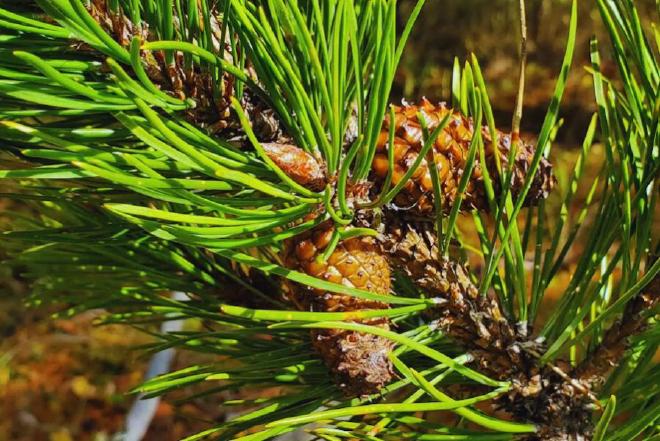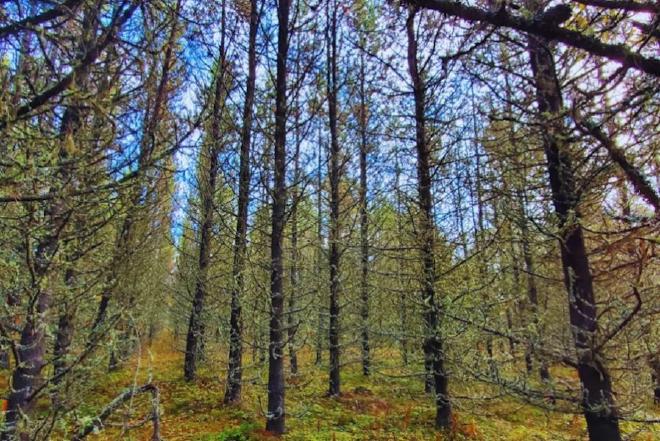

Drought is one of the most serious threats to the productivity and survival of forests in the world. To understand how trees adapt and assess their ability to adapt to water stress, a team of scientists from Argentina, Canada and the United States analyzed more than 1,200 specimens of Pinus contorta – a forest species widely distributed in western North America – planted 35 years ago in western North America.
The work, published in the journal Ecology and Evolution, integrated field growth data, growth ring analysis, climate information and genomic tools. Thanks to this comprehensive view, the researchers were able to identify a decisive factor: genetic differences in the response to drought.

Among the most relevant findings, Cappa indicated that “the team identified that there are genetic differences in the ability to recover from drought, which makes it possible to select more resilient trees for use in reforestation.” Likewise, the researcher commented that they developed a new index that more accurately quantifies the response of trees to repeated drought events, which could be incorporated as a selection tool in genetic improvement programs.
In addition, it was observed that trees from warmer and drier regions showed better performance under drought conditions, suggesting that population origin is a key factor for adaptation.
“The work reflects the capacity of INTA and CONICET to lead and participate in frontier research at the international level and contribute to the development of more sustainable and resilient forest management strategies,” concluded the researcher.
Citation #
- The study Short- and Long-Term Growth Response to Multiple Drought Episodes: Evidence of Genetic Adaptation in a Conifer Species was published in Ecology and Evolution magazine. Authors: Jaime Sebastian-Azcona, Eduardo P. Cappa, Letitia Da Ros, Blaise Ratcliffe, Charles Chen, Xiaojing Wei, Yang Liu, Shawn D. Mansfield, Andreas Hamann, Yousry A. El-Kassaby, Barb R. Thomas
Funding #
- We acknowledge -the researchers said- cash funding for this research from Genome Canada, Genome Alberta through Alberta Economic Trade and Development, Genome British Columbia, the University of Alberta, and the University of Calgary. Further cash funding has been provided by Alberta Innovates BioSolutions, the Forest Resource Improvement Association of Alberta, and the Forest Resource Improvement Program through West Fraser Ltd. (Blue Ridge Lumber and Hinton Wood Products) and Weyerhaeuser Timberlands (Grande Prairie and Pembina). In-kind funding has been provided by Alberta Agriculture and Forestry, Blue Ridge Lumber West Fraser, Weyerhaeuser Timberlands Grande Prairie, and the Thomas, Wishart, and Erbilgin labs in support of the Resilient Forests (RES-FOR): Climate, Pests & Policy—Genomic Applications project.
Acknowledgments #
Researchers thanked “all our colleagues of the Resilient Forests (RES-FOR): Climate, Pests, and Policy-Genomic Applications project for their feedback and support during this study. We also thank P. Chung and F. Hart for their help with sample processing and data collection. Finally, we thank two anonymous reviewers for their helpful assessments and critical reviews of our manuscript.”
- The article Bosques más fuertes: genética clave frente a la sequía was published today on INTA Informa’ website.
Contact [Notaspampeanas](mailto: notaspampeanas@gmail.com)

